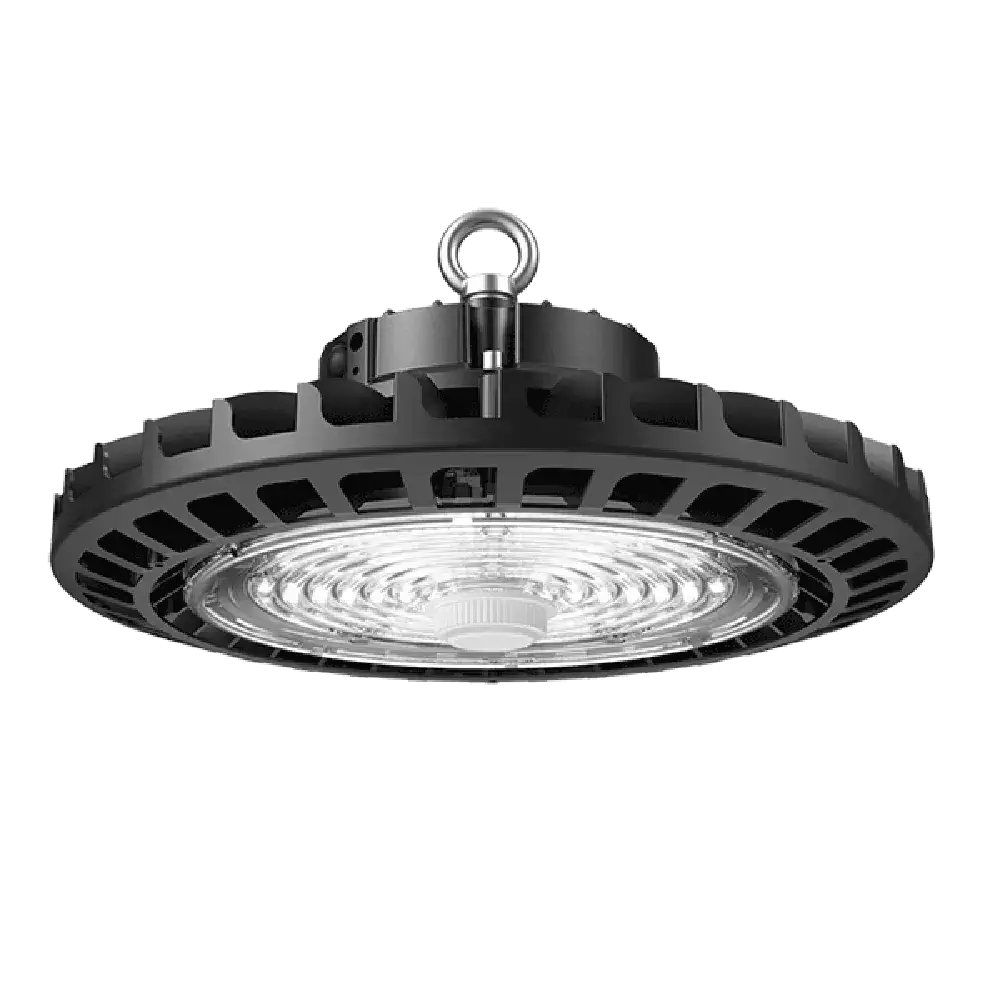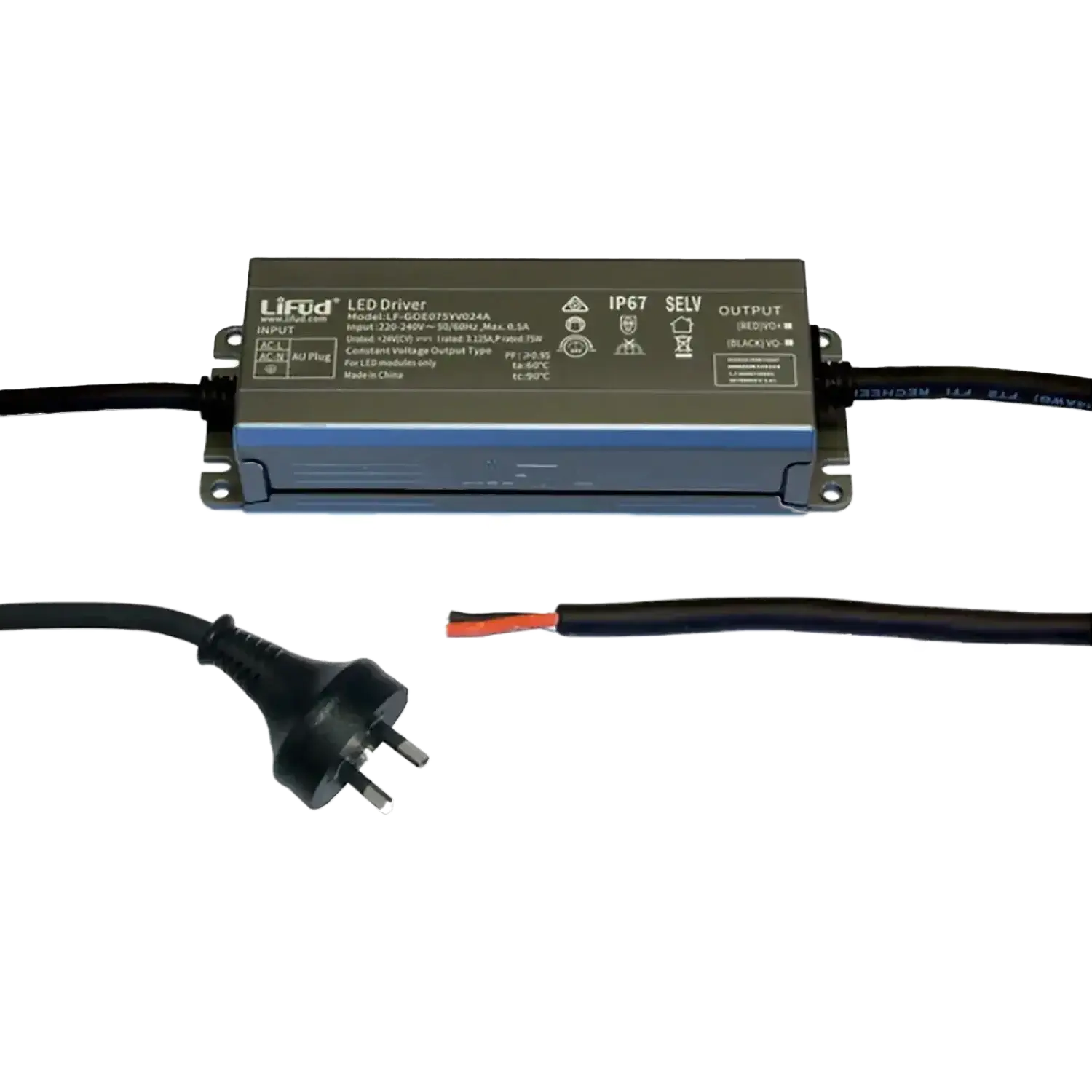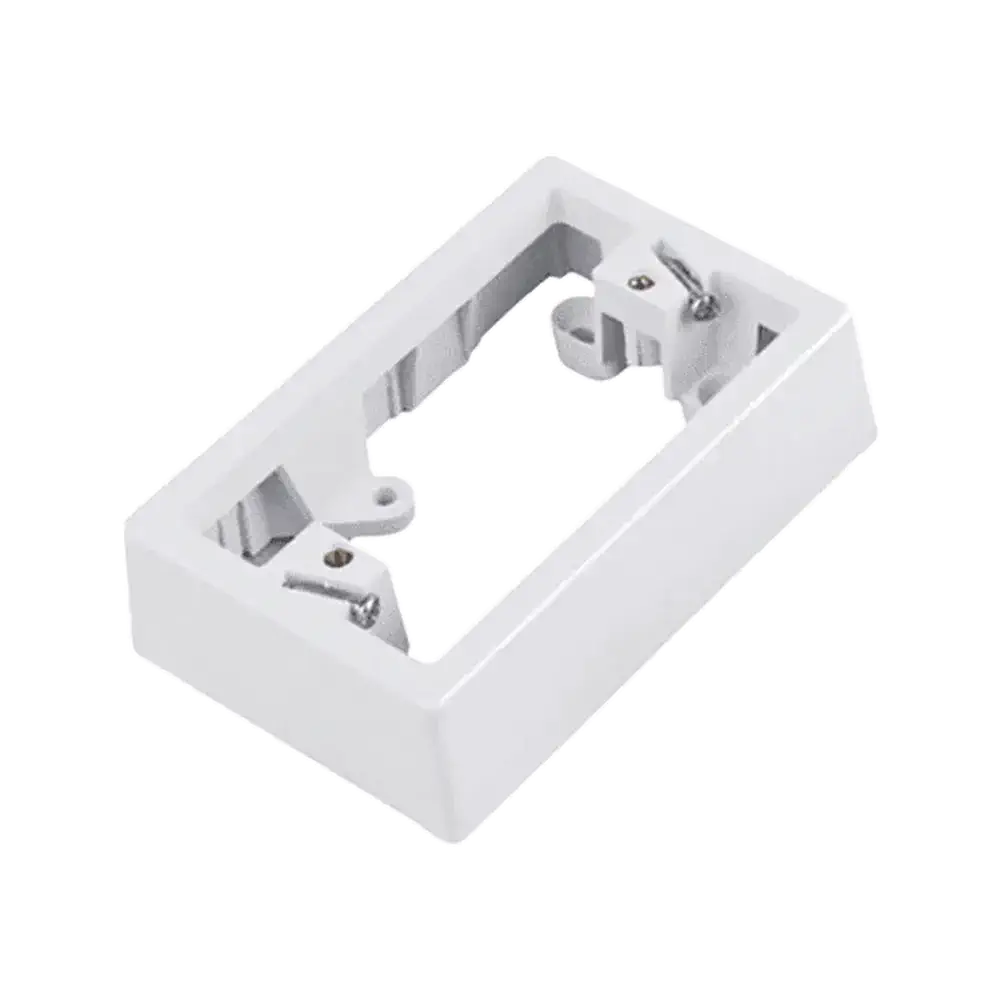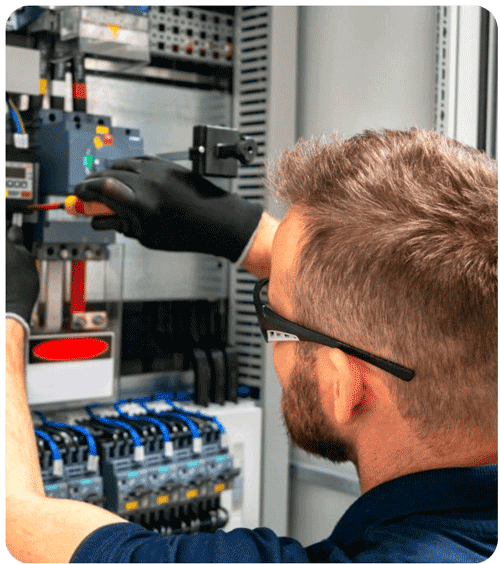Interconnected smoke alarms are crucial for homes and buildings. They ensure that when one alarm detects smoke or fire, all alarms in the network will sound. This provides early warning to people throughout the property. Here’s a concise description:
Interconnected Smoke Alarms
Interconnected smoke alarms make buildings safer. If one alarm detects smoke or fire, all alarms in the system will sound together. This gives early warning to all occupants, no matter where they are. This system is great for homes, apartments, and multi-story buildings. It provides full coverage and is very safe.
Key Features:
- Enhanced Safety: All alarms sound when one detects smoke, ensuring everyone is alerted.
- Easy Installation: Can be hardwired or connected wirelessly for convenience.
- Battery Backup: Ensures continuous operation even during power outages.
- Compliance: Meets all relevant safety standards and regulations.
- Test and Silence Button: Allows for easy testing and temporary silencing of alarms.
- Long Lifespan: Designed for durability and reliable performance over many years.
Interconnected smoke alarms are a must for any safety-conscious property. They provide peace of mind and better protection against fire hazards.
New Building Code Mandates Type 1 Smoke Alarm Systems for New Zealand Homes
Homes in New Zealand will become safer. This follows an update to the Building Code by the Ministry of Business, Innovation, and Employment (MBIE). Starting 01 November 2024, all new homes must have a Type 1 Smoke Alarm System installed.
Type 1 Smoke Alarm System consists of one or more interconnected smoke alarms, each equipped with a smoke detector and an alarm sounder. MBIE says interconnected smoke alarms give faster alerts in home fires. They give occupants more time to respond and escape.
Installation Requirements per NZS 4514:2021
Smoke alarms must be installed in all bedrooms, living spaces, hallways, and landings within the building.
Smoke alarms must be installed in all bedrooms, living spaces, hallways, and landings within the building.
The smoke alarms are interconnected. They talk to each other. If one alarm detects smoke, all the alarms in the house will sound. This simultaneous activation enhances safety. It notifies all occupants, no matter where they are in the home.
-
Where are interconnected smoke alarms required to be installed in a new home?
In each bedroom, living room, and on each level of a house
-
What are interconnected smoke alarms?
Interconnected smoke alarms are smoke detectors that communicate with each other. When one alarm detects smoke, all alarms in the system will sound, providing an immediate warning to everyone in the building.
-
Why are interconnected smoke alarms important?
Interconnected smoke alarms enhance safety by ensuring that all occupants are alerted to a fire, even if it starts in a different part of the building. This early warning system allows for more time to respond and evacuate.






















































